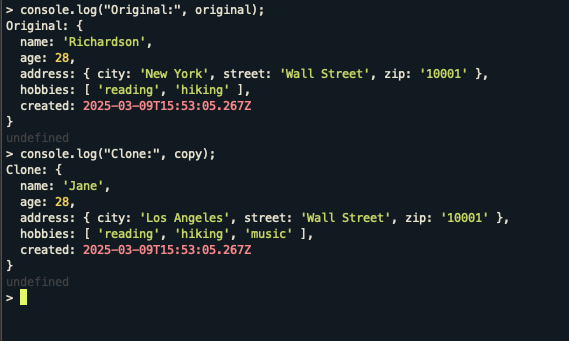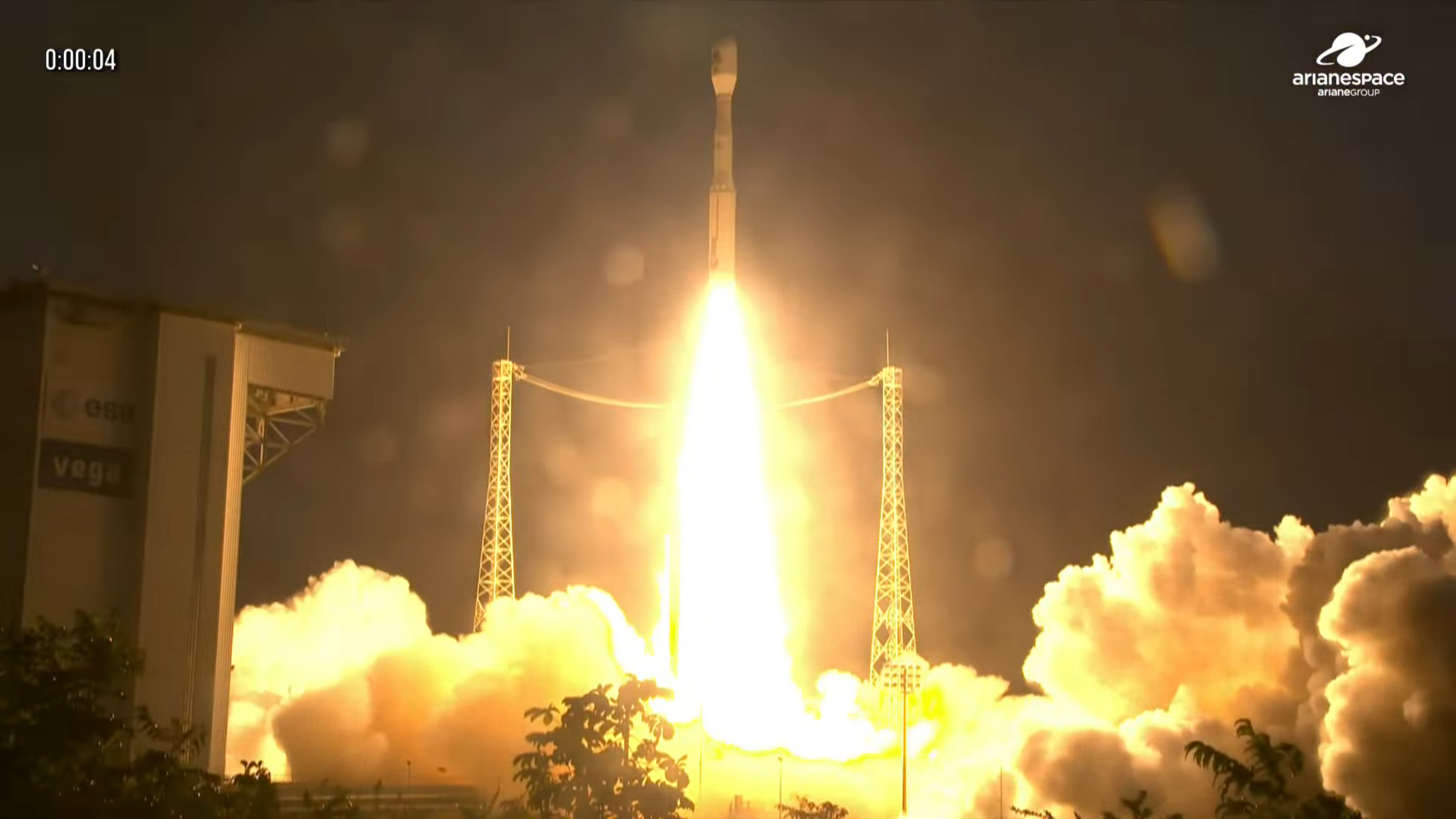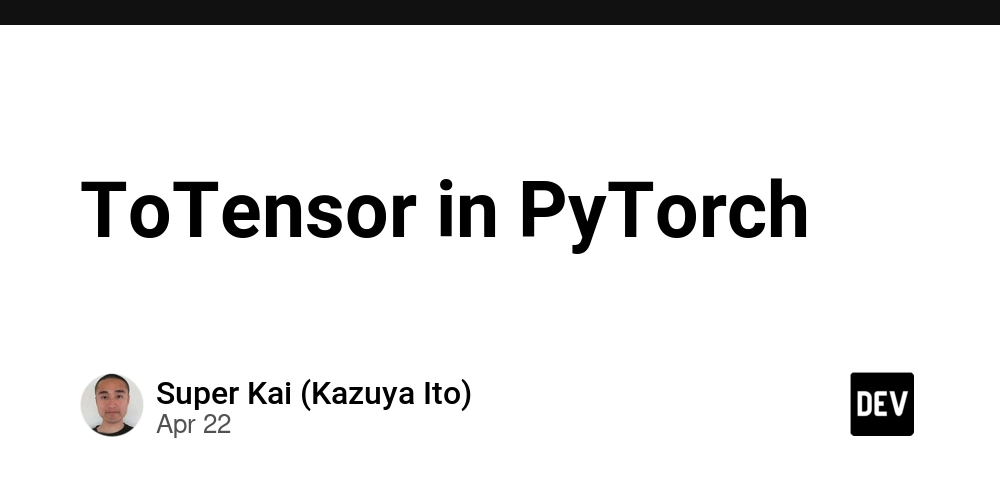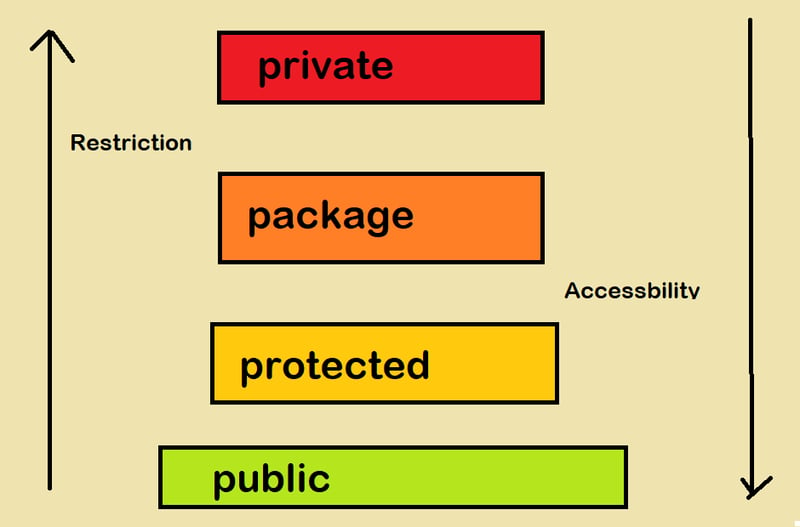When to Migrate to Microservices: A Journey from 1 to 1 Million Users
Introduction Deciding when to move from a monolithic architecture to microservices is one of the most critical choices in a software project. Many assume microservices are the answer from day one, but reality tells a different story. There are ideal moments for this shift, driven by technical growth, user base expansion, and business complexity. In this article, we’ll walk through an evolutionary scenario—starting with just 1 user and scaling up to 1 million—to explore: Recommended architecture for each growth phase Technology choices Infrastructure options (cloud or physical servers) Technical and financial analysis at each stage Phase 1: 1 to 100 Users Architecture: Simple Monolith Recommended Tech Stack: Backend: Node.js, Django, Laravel, or ASP.NET Core Database: PostgreSQL or MySQL Frontend: React, Vue, or Angular Infrastructure: Local physical server or low-cost cloud (e.g., DigitalOcean, AWS Lightsail) Technical Analysis: Low complexity, fast development Minimal deployment requirements Easy to debug and maintain Financial Analysis: Hosting costs start at $5/month Prioritize feature delivery over scalability Decision: Microservices are unnecessary at this stage Focus on speed, feedback, and cost-efficiency Phase 2: 100 to 10,000 Users Architecture: Modular Monolith Recommended Tech Stack: Clear separation of backend layers (services, repositories, controllers) Frontend begins to decouple (SPA architecture) Infrastructure: Scalable cloud VMs (AWS EC2 t3.medium, Azure B2s, etc.) Use of CDNs and managed databases Technical Analysis: More business logic = more moving parts Deploys become riskier due to module dependencies Scaling the entire app for one bottleneck becomes inefficient Financial Analysis: Infrastructure costs range from $100 to $500/month Still cheaper to scale the monolith than to split into services Decision: Evaluate monolith limits Start pre-modularizing for future service extraction Phase 3: 10,000 to 100,000 Users Architecture: Hybrid (Monolith + External Services) Recommended Tech Stack: First independent services: Auth, notifications, media processing Inter-service communication via REST APIs or gRPC Infrastructure: Fully cloud-based: AWS ECS, Azure App Services, GCP App Engine Separate DBs for critical services Load balancers in place (e.g., AWS ELB) Technical Analysis: Monolith bottlenecks emerge (build time, coupled releases) Partial decoupling improves resilience and deployment independence Financial Analysis: Hosting costs from $500 to $5,000/month More teams, more infrastructure complexity Decision: Start splitting services that need to scale independently Introduce observability tools: tracing, logging, metrics, alerts Phase 4: 100,000 to 1,000,000 Users Architecture: True Microservices Recommended Tech Stack: Each service has its own database Use of message brokers (RabbitMQ, Kafka, SQS) for async communication API Gateway for public access Strong DevOps pipelines (CI/CD) Infrastructure: Kubernetes (EKS, AKS, GKE) or serverless (AWS Lambda, Azure Functions) Use of Edge Computing for performance Possible multi-cloud strategy Technical Analysis: Services are fully independent: deploy, test, and scale in isolation Fault isolation improves uptime High orchestration complexity requires specialized roles (DevOps, SREs) Financial Analysis: Infrastructure can cost $10,000 to $100,000+/month Requires dedicated architecture and operations teams Decision: At this scale, microservices become mandatory Focus shifts from “should we?” to “how well can we orchestrate and scale?” Final Thoughts Don’t rush microservices adoption. Premature complexity is a form of technical debt. Microservices make sense when: You need independent scalability Your team is large and mature enough to handle distributed systems The business logic exceeds what a monolith can reasonably support Cloud becomes almost non-negotiable after 10,000 users Visual Summary: Phase Users Architecture Key Decision 1 1–100 Simple Monolith Focus on delivery 2 100–10,000 Modular Monolith Prepare to modularize 3 10k–100k Hybrid (Partial Services) Extract key services 4 100k–1M Full Microservices Orchestrate at scale
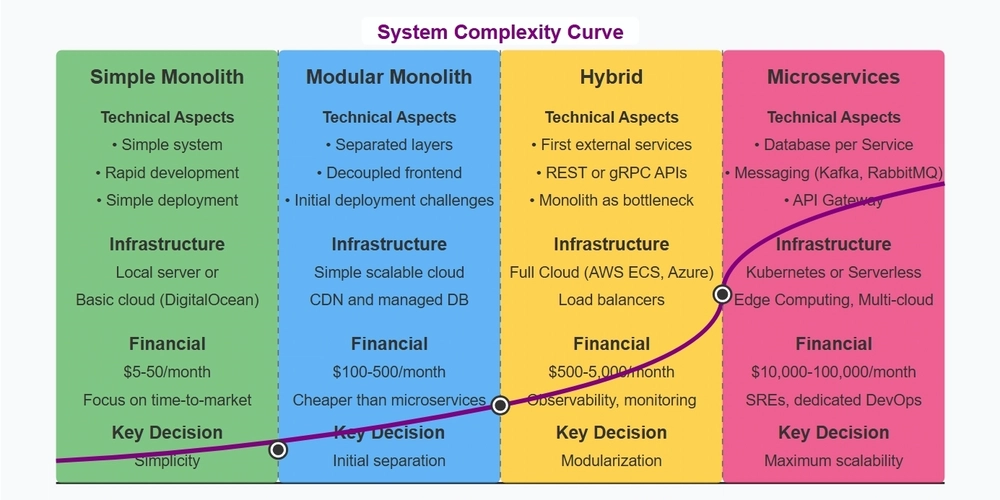
Introduction
Deciding when to move from a monolithic architecture to microservices is one of the most critical choices in a software project. Many assume microservices are the answer from day one, but reality tells a different story. There are ideal moments for this shift, driven by technical growth, user base expansion, and business complexity.
In this article, we’ll walk through an evolutionary scenario—starting with just 1 user and scaling up to 1 million—to explore:
- Recommended architecture for each growth phase
- Technology choices
- Infrastructure options (cloud or physical servers)
- Technical and financial analysis at each stage
Phase 1: 1 to 100 Users
Architecture: Simple Monolith
Recommended Tech Stack:
- Backend: Node.js, Django, Laravel, or ASP.NET Core
- Database: PostgreSQL or MySQL
- Frontend: React, Vue, or Angular
Infrastructure:
- Local physical server or low-cost cloud (e.g., DigitalOcean, AWS Lightsail)
Technical Analysis:
- Low complexity, fast development
- Minimal deployment requirements
- Easy to debug and maintain
Financial Analysis:
- Hosting costs start at $5/month
- Prioritize feature delivery over scalability
Decision:
- Microservices are unnecessary at this stage
- Focus on speed, feedback, and cost-efficiency
Phase 2: 100 to 10,000 Users
Architecture: Modular Monolith
Recommended Tech Stack:
- Clear separation of backend layers (services, repositories, controllers)
- Frontend begins to decouple (SPA architecture)
Infrastructure:
- Scalable cloud VMs (AWS EC2 t3.medium, Azure B2s, etc.)
- Use of CDNs and managed databases
Technical Analysis:
- More business logic = more moving parts
- Deploys become riskier due to module dependencies
- Scaling the entire app for one bottleneck becomes inefficient
Financial Analysis:
- Infrastructure costs range from $100 to $500/month
- Still cheaper to scale the monolith than to split into services
Decision:
- Evaluate monolith limits
- Start pre-modularizing for future service extraction
Phase 3: 10,000 to 100,000 Users
Architecture: Hybrid (Monolith + External Services)
Recommended Tech Stack:
- First independent services: Auth, notifications, media processing
- Inter-service communication via REST APIs or gRPC
Infrastructure:
- Fully cloud-based: AWS ECS, Azure App Services, GCP App Engine
- Separate DBs for critical services
- Load balancers in place (e.g., AWS ELB)
Technical Analysis:
- Monolith bottlenecks emerge (build time, coupled releases)
- Partial decoupling improves resilience and deployment independence
Financial Analysis:
- Hosting costs from $500 to $5,000/month
- More teams, more infrastructure complexity
Decision:
- Start splitting services that need to scale independently
- Introduce observability tools: tracing, logging, metrics, alerts
Phase 4: 100,000 to 1,000,000 Users
Architecture: True Microservices
Recommended Tech Stack:
- Each service has its own database
- Use of message brokers (RabbitMQ, Kafka, SQS) for async communication
- API Gateway for public access
- Strong DevOps pipelines (CI/CD)
Infrastructure:
- Kubernetes (EKS, AKS, GKE) or serverless (AWS Lambda, Azure Functions)
- Use of Edge Computing for performance
- Possible multi-cloud strategy
Technical Analysis:
- Services are fully independent: deploy, test, and scale in isolation
- Fault isolation improves uptime
- High orchestration complexity requires specialized roles (DevOps, SREs)
Financial Analysis:
- Infrastructure can cost $10,000 to $100,000+/month
- Requires dedicated architecture and operations teams
Decision:
- At this scale, microservices become mandatory
- Focus shifts from “should we?” to “how well can we orchestrate and scale?”
Final Thoughts
- Don’t rush microservices adoption.
- Premature complexity is a form of technical debt.
- Microservices make sense when:
- You need independent scalability
- Your team is large and mature enough to handle distributed systems
- The business logic exceeds what a monolith can reasonably support
- Cloud becomes almost non-negotiable after 10,000 users
Visual Summary:
| Phase | Users | Architecture | Key Decision |
|---|---|---|---|
| 1 | 1–100 | Simple Monolith | Focus on delivery |
| 2 | 100–10,000 | Modular Monolith | Prepare to modularize |
| 3 | 10k–100k | Hybrid (Partial Services) | Extract key services |
| 4 | 100k–1M | Full Microservices | Orchestrate at scale |
















